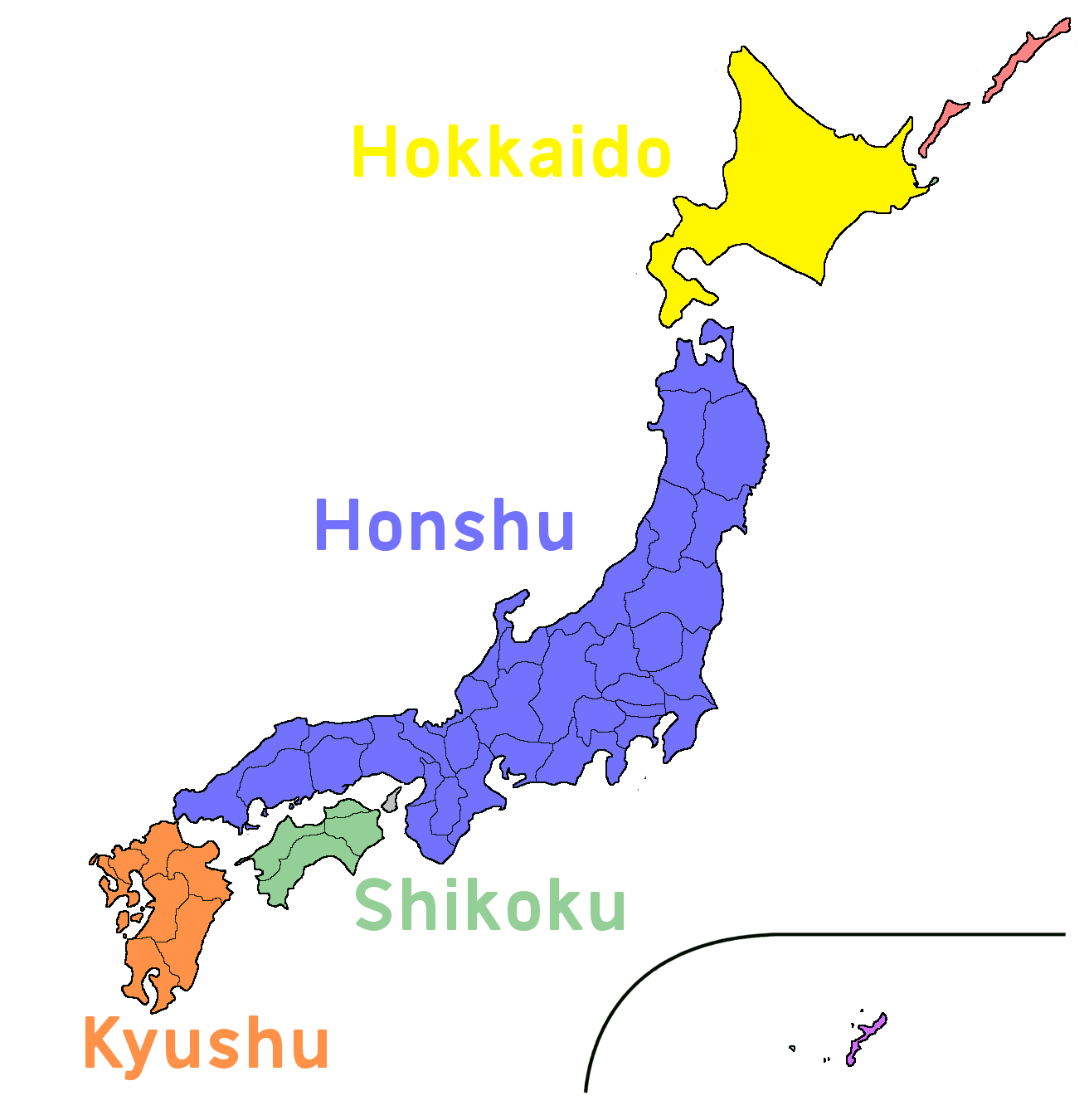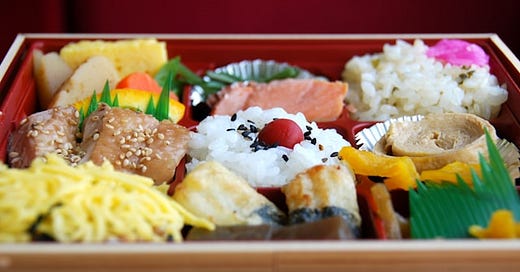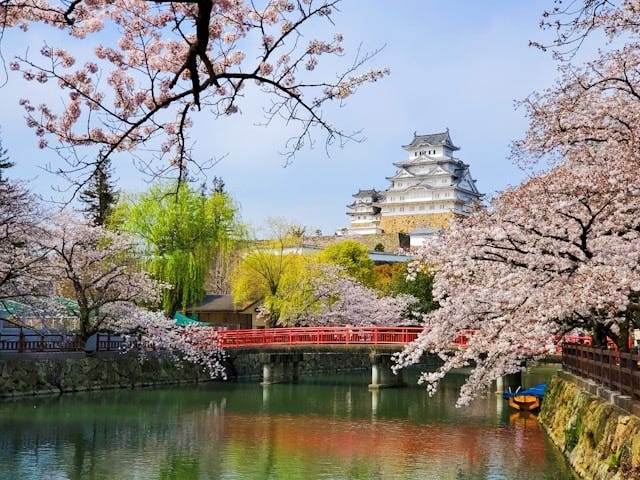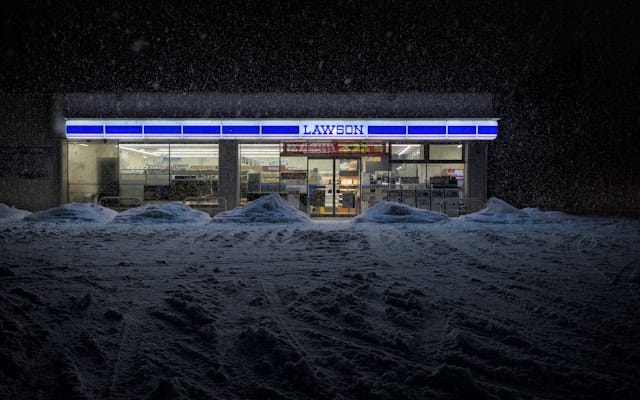The A–Z of Japan: A Crash Course for Smart Travellers (part 1)
26 essential words and concepts every traveller can expect to encounter - and exactly what they mean
Attention paid subscribers: scroll to the very bottom, and you’ll find a little present. You’re welcome. Everyone else, you’ll just have to wait until July 11th.
If you’re busy planning your dream trip to Japan, running into new words and concepts can slow things down, as well as make the experience overwhelming.
Back when I was just beginning to explore, I’d find internet posts filled to the brim with new jargon. And I got very annoyed with people peppering their conversations with unknown words like they had the keys to some special knowledge.
So in this A-Z you’ll learn some essential words (as well as a few just for fun) to help you plan and execute a fantastic Japan trip.
A is for Arigato
If you’re only going to learn one word before your trip, make it the word for thank you. Each syllable should be of equal length, so ah-ree-gah-toe, not arry-gatoe. (Want to learn more basics? Try this video.)
B is for Bento
This is often translated as “lunch-box”, which doesn’t tell the whole story. This isn’t a carry case decorated with the cast of Thomas the Tank Engine. It’s a packaged tray of cooked food that you can eat for any meal, not just lunch. It’s basically a picnic to-go.
You can find bentos at convenience stores, supermarkets, railway station stands (where you’ll find “ekiben” - “eki means station, so ekiben is “station bento”) and sometimes at bento vans outside popular tourist spots. Bentos are cooked but generally sold chilled, so if you want to heat your meal, make use of the microwaves on hand at convenience stores, after the checkouts in supermarkets, or somewhere in the hotel (the front desk will tell you - just ask “denshi range wa doko ni arimaskcar?)
C is for Cherry Blossoms
These are known as sakura in Japanese, but since S is already taken, C will have to do. Cherry blossom season runs from mid-March to early May each year. The blooming schedule varies according to the weather, so timing your visit to see the flowers is often very hit and miss. If you absolutely must get a dose of sakura during your visit, prepare to pay more for accommodation, and bring some patience, because you’ll be competing with plenty of other people who’re hunting the same thing as you.
D is for depa-to
Another truncated word, this is the word for department store. You can often find these at major railway stations, like Sapporo, Osaka, Fukuoka, and Kyoto. The top floor (or at least one nearly at the top) is usually given over to restaurants, open at both lunch and dinner time. Chika-depa-to means the underground floor, which usually has deli-style food counters, which often give out free samples of their food. The same floor will commonly have a supermarket, making the lower level a good place to snag a bento.
E is for Eki
This means railway station, but the same word is used for stops on the subway too. So if you’re asking a taxi driver to go to Shijo station:
shijo eki, on-eh-guy-ish-mass
F is for Futon
Traditionally, Japanese don’t sleep on beds - instead they use a foldable mattress and duvet combination, known as futon. Stay at a ryokan, onsen hotel, as well as many airbnbs, and you’ll commonly find you’ll be sleeping on one of these, which are almost always laid out on the floor. This means you’ll have an enormous bedside table, though the downside is that it’s slightly more effort to stand up in the morning. Futon are usually kept in a cupboard when not in use, which means after you wake up, you can put it away and reclaim a lot of living space. Or, if you’re staying at a ryokan or onsen hotel, someone will put it away for you, and get it out again before bedtime.
G is for Gachapon
Gachapon are capsule toys, sold in special vending machines all across Japan. Inside the little plastic container, you can find figurines, novelty keychains, miniature card games - pretty much anything. Gachapon make great little souvenirs, so fish out some 100 yen coins and grab yourself something special.
H is for Honshu

Japan is supposedly made up of 14,125 islands, though it might not look like it if you look at a map. The main banana-shaped island is called Honshu. At the top of the country is the enormous island of Hokkaido. Down in the south-west you have Kyushu, which also includes the collection of islands in Okinawa Prefecture. And forgotten by almost everyone is Shikoku, which is a bit like the wild west of Japan - exciting, but hard to reach.
I is for IC Cards
IC cards are prepaid, rechargeable cards primarily used to pay for transportation fares. You swish them at the entrance gates for trains, and again as you exit, and the system automatically calculates your fare and deducts it from your balance. You can also use them for the subway, on buses, and other kinds of transportation.
IC cards are also handy because you can use them to pay for stuff at convenience stores, supermarkets, and vending machines. Just make sure you’ve got enough on your balance.
There are many different brands of IC card, all with different names. ICOCA, SUGOICA, KITACA, TOICA, Pasmo, and SUICA, amongst others. The brands are largely irrelevant, because whatever card you get, it’ll work everywhere in Japan. That being said, ICOCA has the best mascot, and is therefore very clearly the best.
If you have an iPhone, you can make it work like an IC card by adding one in the settings. If you don’t have an iPhone, you’re out of luck. Sorry.
J is for Japan Railways (JR)
Railways in Japan can be split into two categories: private railways and JR. JR used to be a publicly-owned entity, but now it isn’t (which makes this distinction all the more confusing).
Suffice it to say that JR can get you almost anywhere by train. It has an incredibly far-reaching network. This includes all the shinkansen lines - which we’ll talk about in a moment - as well as more conventional lines that take you deep into rural Japan.
If you’d rather not stay in one city during your trip, buying one of JR’s passes will effectively give you the keys to the kingdom (or at least part of it). If you want to roam the entire country, the nationwide pass is an absolute steal if you use it right, especially the 14- and 21-day versions. However, for many tourists, a smarter move is to opt for a regional pass. There’s no space here to go into all the options, but one of the most popular is the Kansai Hiroshima Area Pass.
K is for Konbini
Japanese love to shorten words to save time, mainly because they waste so much of it in pointless meetings. So convenience store has become konbini - although you need to lengthen the bi and ni to sound like kon-bee-knee.
You can do pretty much anything at a konbini. Get drinks, snacks, bentos, alcohol, basic toiletries and medical supplies, batteries, and even clothes! At the desk you’ll usually find hot food ready to go, including fried chicken, steamed dumplings (for example, niku-man, the meat-filled version) and even a mix-it-yourself winter soup favourite, oden.
Convenience stores are also fantastic because they always have rubbish bins for that trash you’ve been lugging around, and often have toilets, in case you’re caught short. You can also find ATMs friendly to foreign cards (not just in 7-11s either) and if you ask the staff, they can top up your IC card.
L is for Ramen (and other types of noodles)
When many people think of food in Japan, ramen is almost certainly the first thing that comes to mind. Like gyoza, kanji, and shopping maniac tourists, ramen comes from China. But don’t let that fact spoil your dinner.
While you’re visiting, be sure to try the other types of noodles. There’s the thick, white, wheat-based kind, udon. I recommend trying this dish in Takamatsu (a city near Naoshima, the art island), although be sure to order the small.
Buckwheat noodles, known as soba should also be on your eatlist, as well as the stir-fried variant, yakisoba, which confusingly uses wheat flour and not buckwheat. Yakisoba is commonly found on the menu at okonomiyaki shops, as well as at open-air food stalls at festivals.
Of course there are other kinds of noodles, but we don’t have all day.
M is for matsuri
This means festival - although this translation doesn’t really do the word justice. Matsuri in Japan are far more involved than anything I’m used to in England. If there’s any dancing, it’s highly choreographed, and participants usually have elaborate costumes.
Forget the lacklustre floats that parade down the roads - anything that moves in a matsuri will be spectacular. And if there’s further action, like bonfires, fireworks, or teams battling each other, it’s sure to be next level.
My favourite festival is Aomori Nebuta Matsuri, although Nara’s Wakakusa Yamayaki Matsuri is a close second. Expect crowds and excitement in equal measure.
Part 2 of this A-Z will appear in the August edition of Insider.
Let’s Review Your Itinerary!
Are you currently building your Japan itinerary? Stuck? Running into trouble? Fancy some help? Send me your plan and I might just give it a review (or roast) in an upcoming video.
Summer Sale!
Attention discerning Japan travellers!
You want to have a one-of-a-kind adventure, packed with hidden gems and free from crowds, right? I’ve got just the thing for you:
Japan Out There: Kansai Edition.
This e-book has my hand-picked selection of the greatest secret treasures from off-the-beaten path in the area around Kyoto, Osaka, and Nara. And until July 10th, you can use the code “MATSURI” to get 50% off.
That’s all for this month! See ya!
Andrew
Paid Subscribers Special Present
I thought you might like to enjoy this a week and a half before everyone else.












I loved to learn the origin of the konbini word!